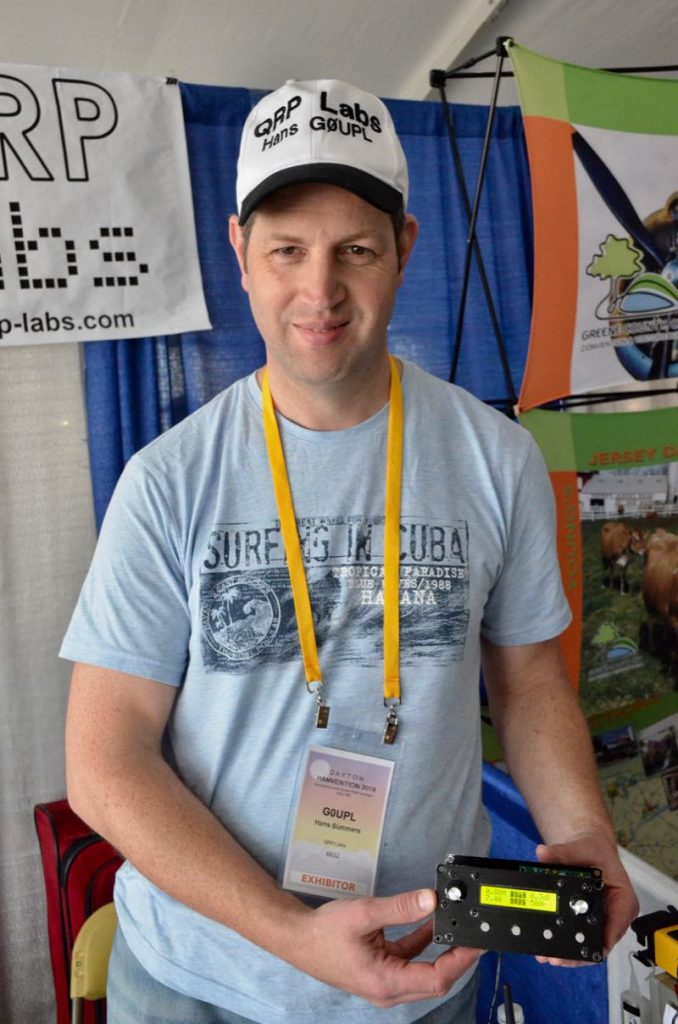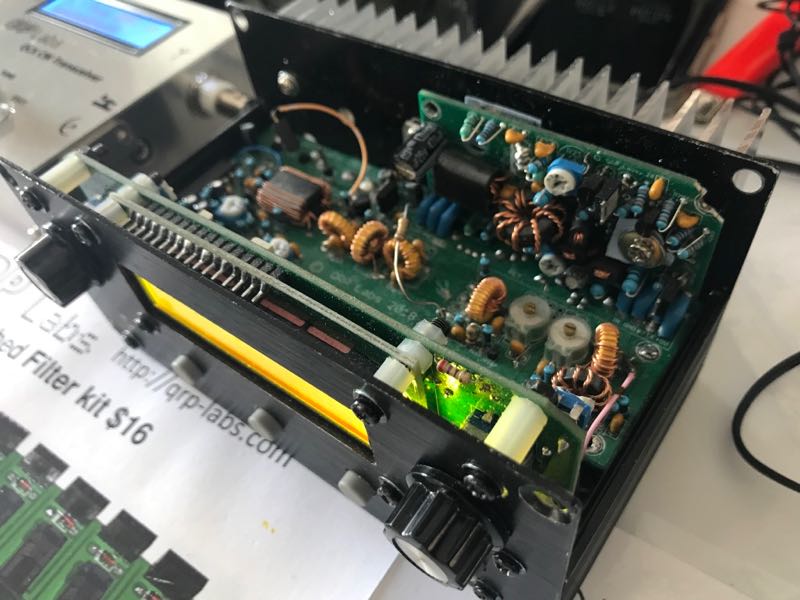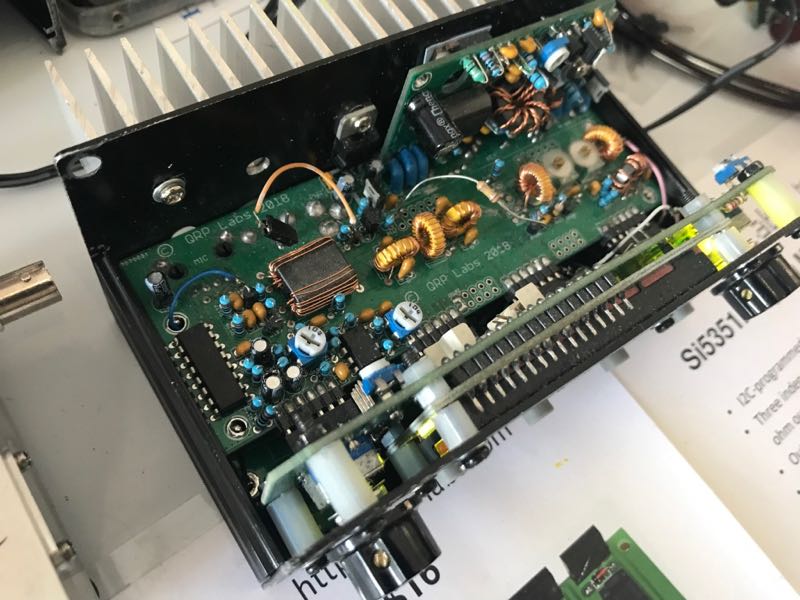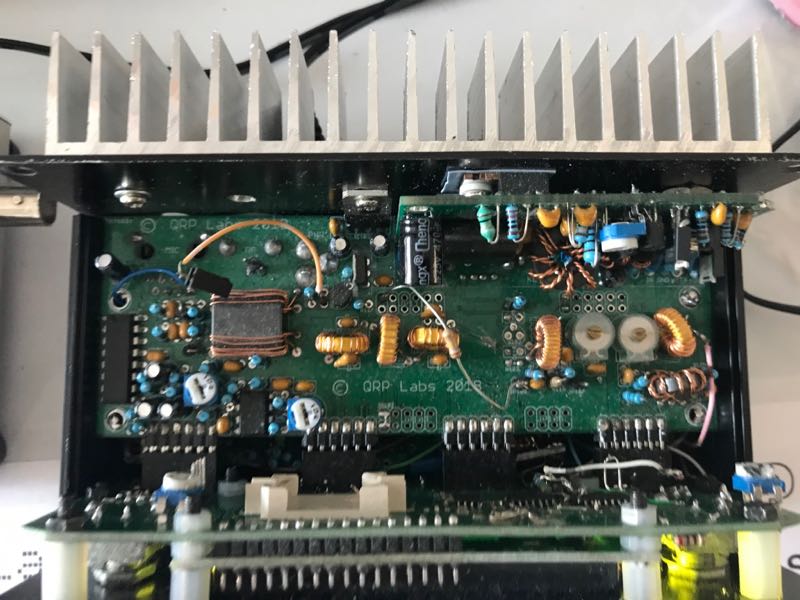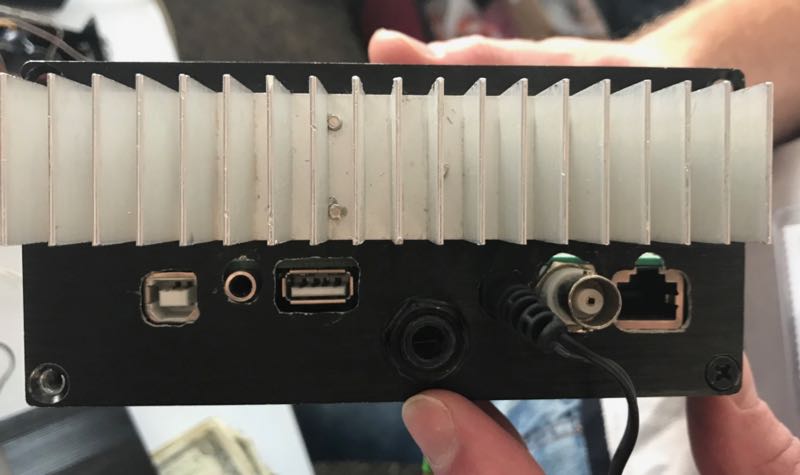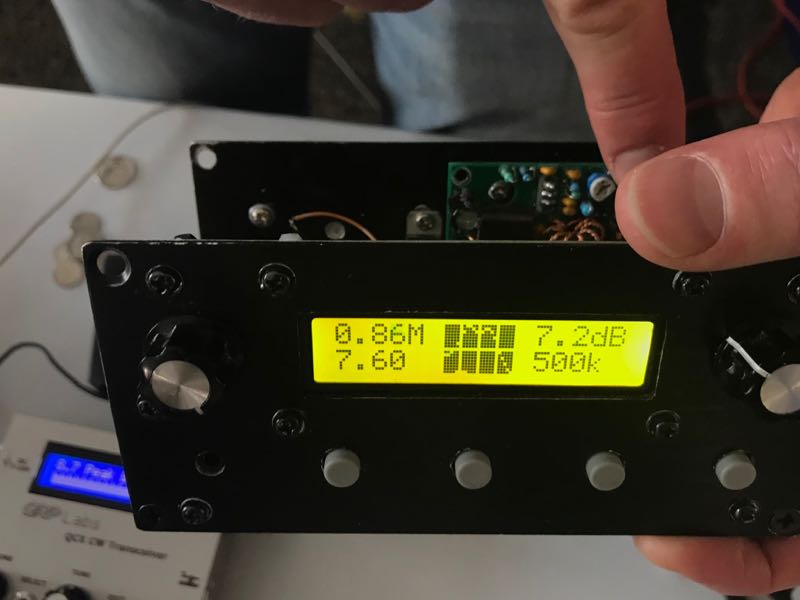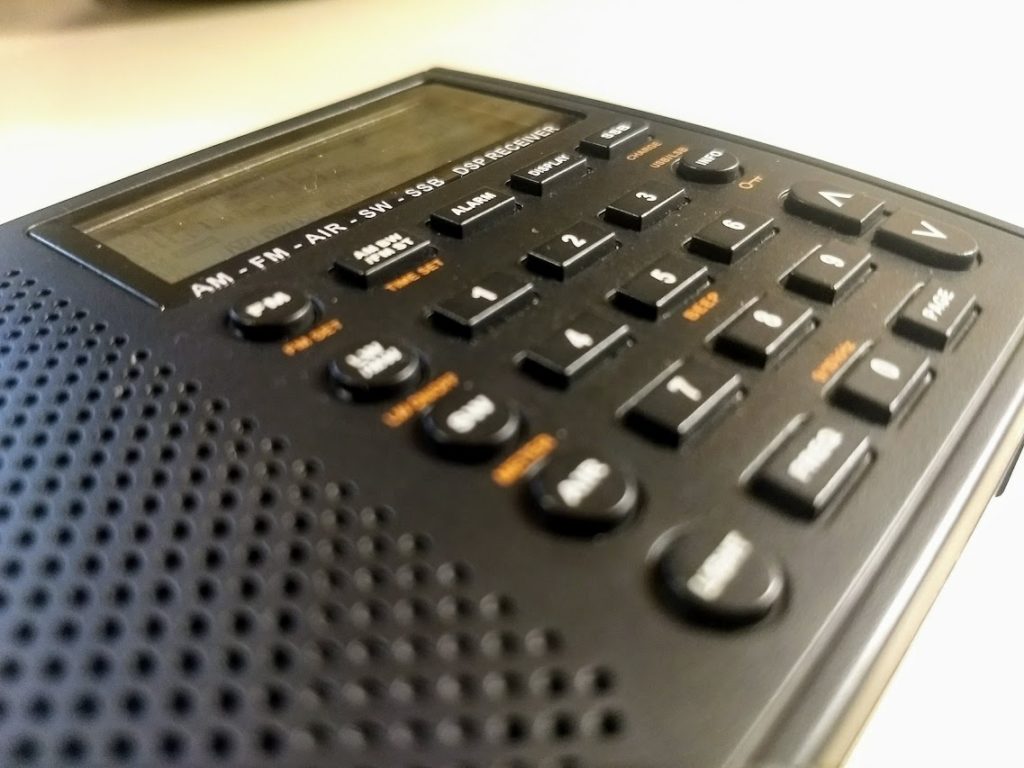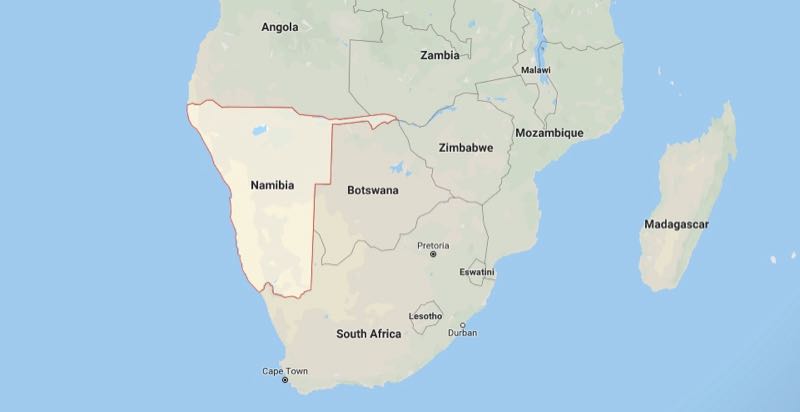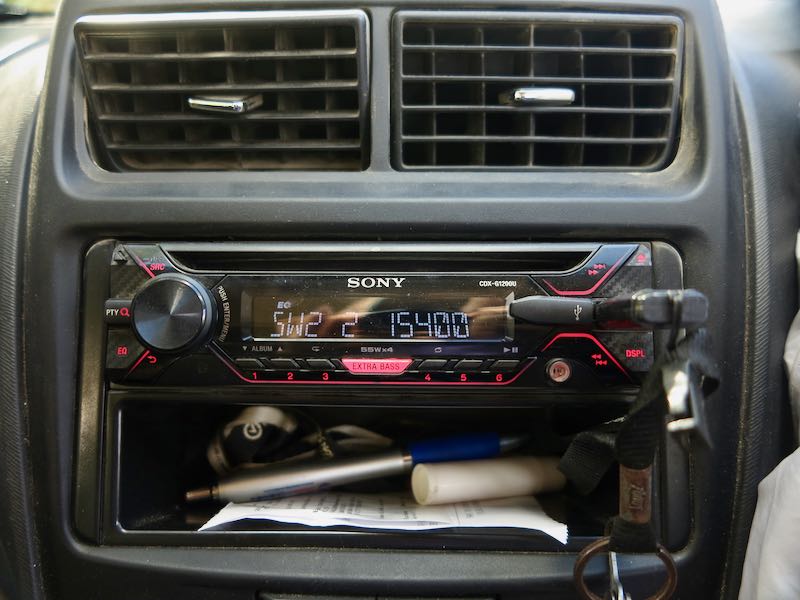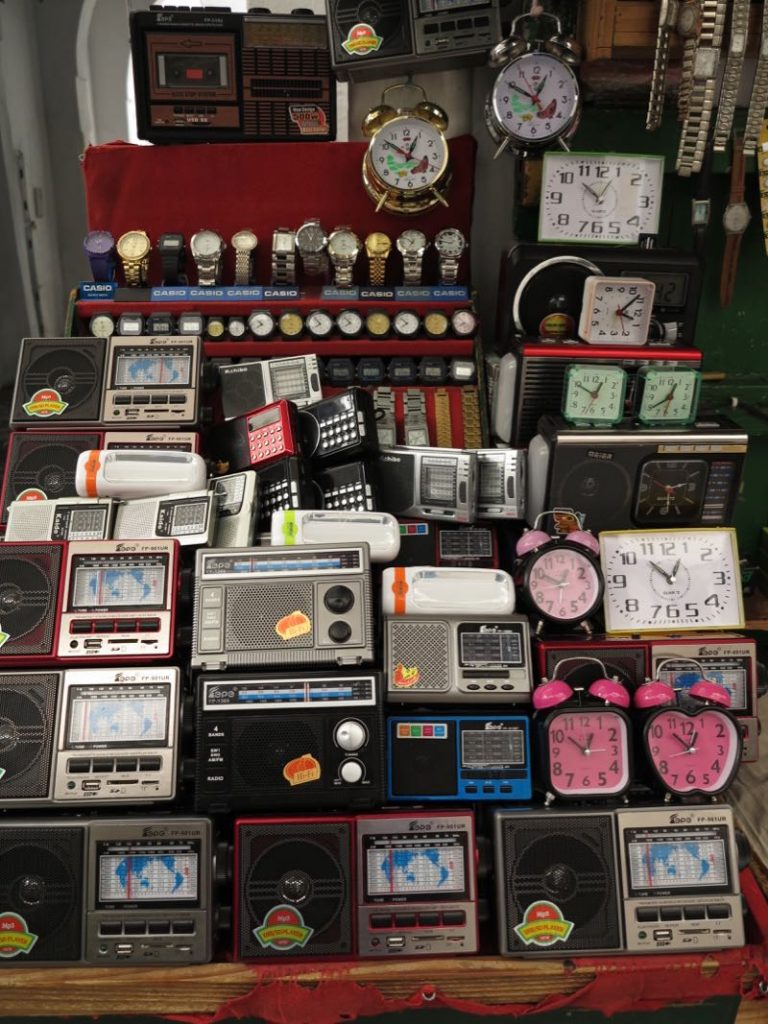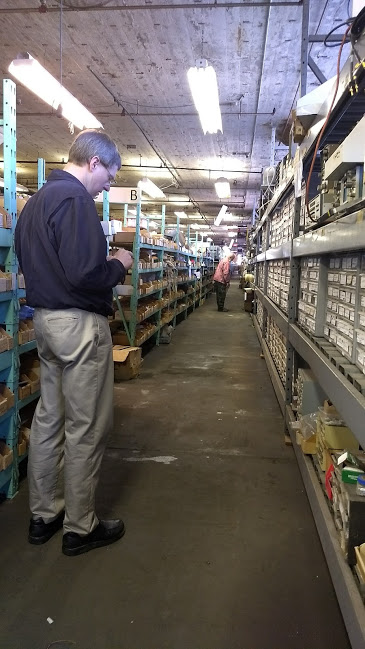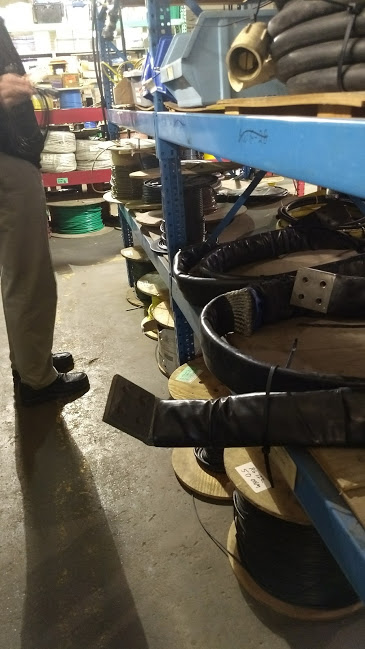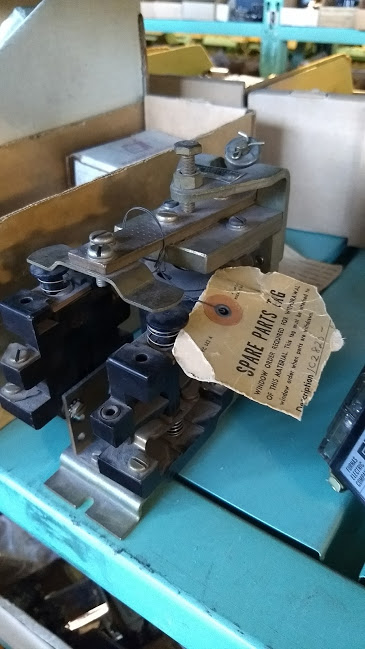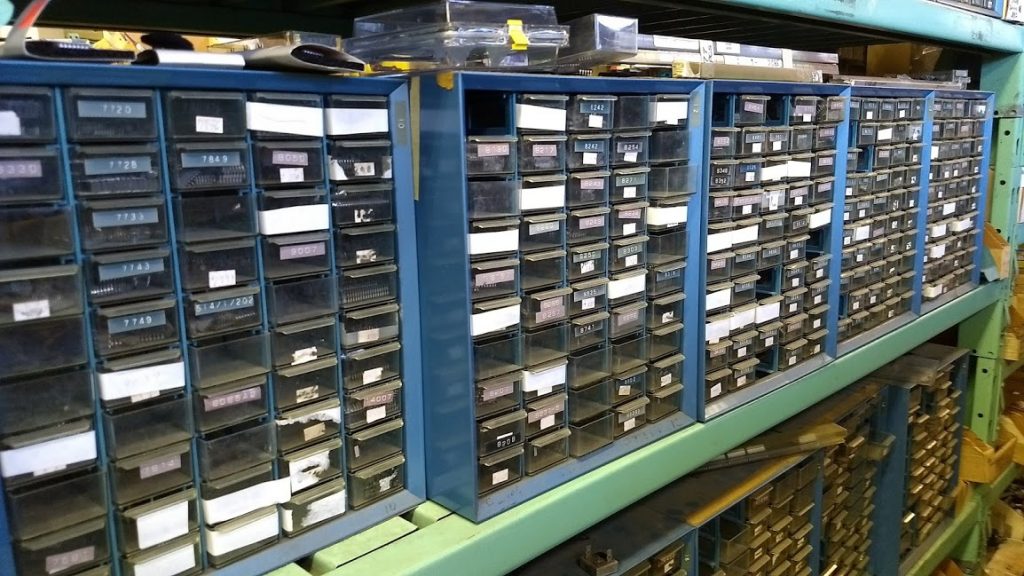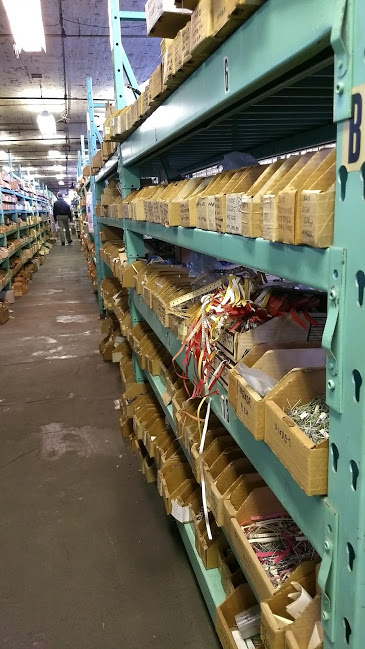Many thanks to SWLing Post contributor, Roseanna, who shares the following guest post originally published on her blog, The Girl with the Radio:
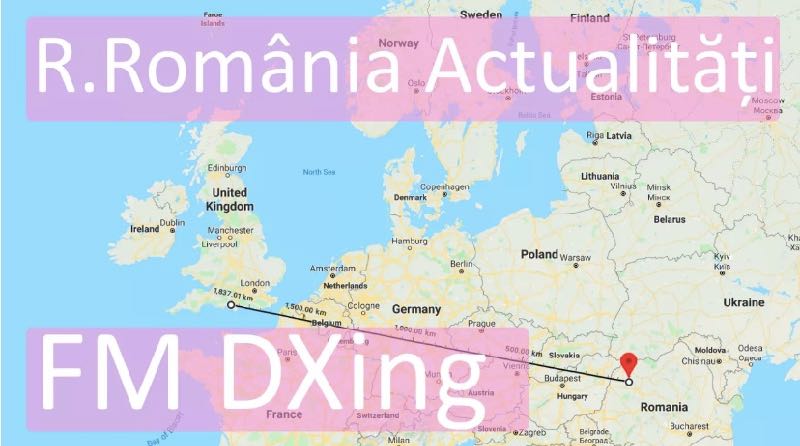 Unexpected FM madness!
Unexpected FM madness!
I would like tho share with you a once in a lifetime Sporadic-E event that happened to me today along with videos of the catches I received during it.
It was about 12:00 UTC (1PM local time) and I was listening to NRJ on my personal FM transmitter (106.3MHz) when all of a sudden my pop music fuzzed and turned into classical music. It was then that I knew something was happening and I didn’t want to miss it!
I jumped up, got out my phone camera and started scanning around trying to find distant FM stations and my goodness did I get some amazing catches!
There was no tropo forecast for my area nor some of the places I heard and I wasn’t prepared in the slightest so I ask for your forgiveness on the shaky unprofessional footage and I hope you enjoy watching the following catches that I received!
For those interested my setup is a Sony ST-SE570 with a “bunny ear” telescopic aerial with the ground positioned vertically and the feed positioned horizontally. I put the feed to be facing at 90 degrees East to West.
Disclaimer: the order in which these stations were received has been altered to make this blog post more fun, the times in UTC are in the video titles for those of you interested in the chronological order in which I received these stations!
First stop: Czechia!
https://youtu.be/_e1HXV87tC0
Click here to listen via YouTube.
This is an amazing catch to start us off; 10kW at 1300km with RDS!
https://youtu.be/QCewgx6ReKg
Click here to listen via YouTube.
This one is even more impressive that the last one at 5.5kW with RDS, I still am surprised at these catches watching them back!!
Next stop: Romania!
https://youtu.be/1vJQjhXPao4
Click here to listen via YouTube.
This catch is just insane. I have BBC Radio 2 on 88.1MHz and you can hear RRA and BBC R2 fighting to be heard!
https://youtu.be/LfZkQFM6f_k
Click here to listen via YouTube.
And this catch …. I have no words to describe my sheer amazement, surprise, shock and excitement hearing a station from Romania (Over 1800km / 1100 miles away) that is broadcasting at only 2kW. It is on the same frequency as France Musique broadcasting at 160kW which is much much closer; I still can’t believe I heard this at all!
After all that excitement we now stop over in Slovakia!
https://youtu.be/umw1ePAP3DM
Click here to listen via YouTube.
This is a much less insane catch compared to the last few but it is still awesome! Disclaimer: I skipped a load of fading in the recording where it fades.
https://youtu.be/5BIgcwGALhc
Click here to listen via YouTube.
And here is SRo 1 again, however this time a much lower powered transmitter compared to the last one and yet the signal is still really good and most of the RDS data was decode-able!
https://youtu.be/6oaIBSjdDsw
Click here to listen via YouTube.
Here is SRo 4, 20kW and some of the RDS decoded. an UnID was on 94.6MHz which made this quite awesome to get the RDS PI!
https://youtu.be/ubRApB68Zgc
Click here to listen via YouTube.
And for our last stop in Slovakia we meet Fun Rádio, an 18kW station with RDS received!
Our last stop on our FM journey; Hungary!
https://youtu.be/ZZUoCeNfSlY
Click here to listen via YouTube.
This is Retro Rádió a 50kW station in Hungary. It was broadcasting over BBC Radio Wiltshire and I even got RDS!
I hope you all enjoyed going on this radio tour of Romania, Hungary, Slovakia and Czechia with me, I certainly did!
Thank you ever so much for reading and watching and I hope to see you around for my next adventure!
And thank you, Roseanna, for taking us on your FM travels! Isn’t RDS an amazing tool for grabbing station IDs during these FM DX openings–? Well played! Again, many thanks as I enjoyed your FM tour of eastern Europe.
Post Readers: Check out Roseanna’s blog The Girl With the Radio!
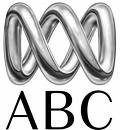 Many thanks to SWLing Post contributor, Ron, who shares the following article via the BBC News:
Many thanks to SWLing Post contributor, Ron, who shares the following article via the BBC News:

